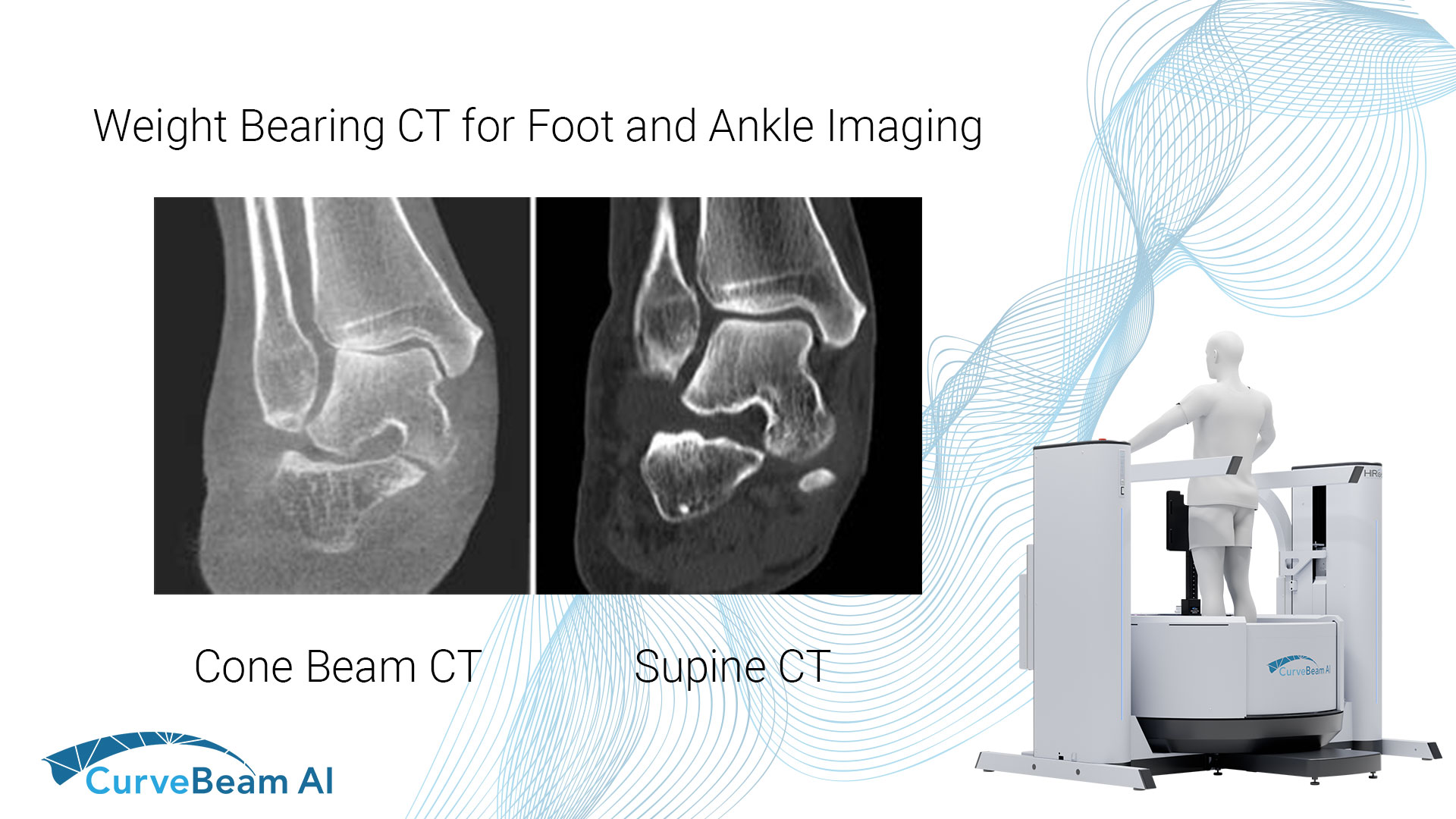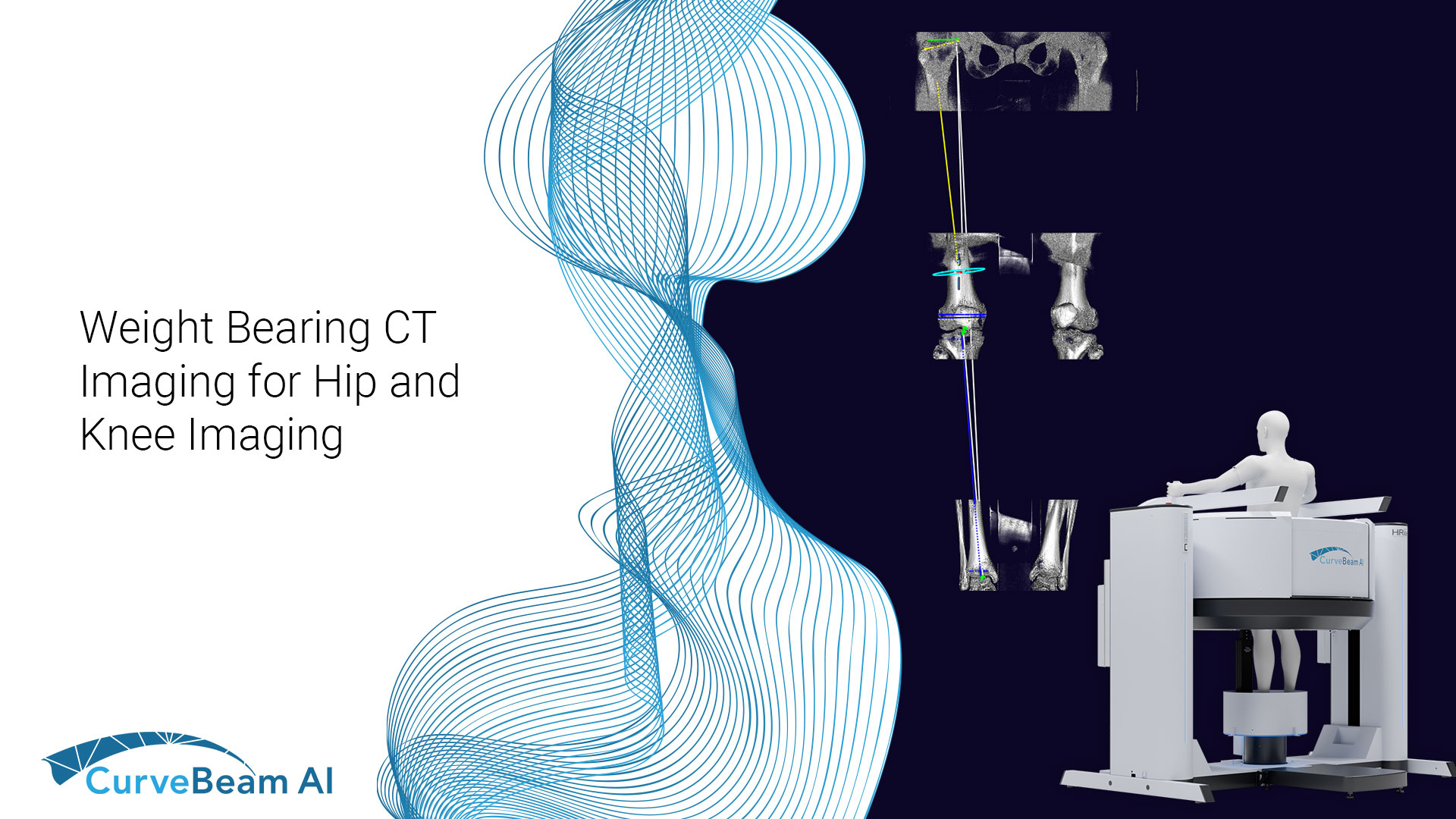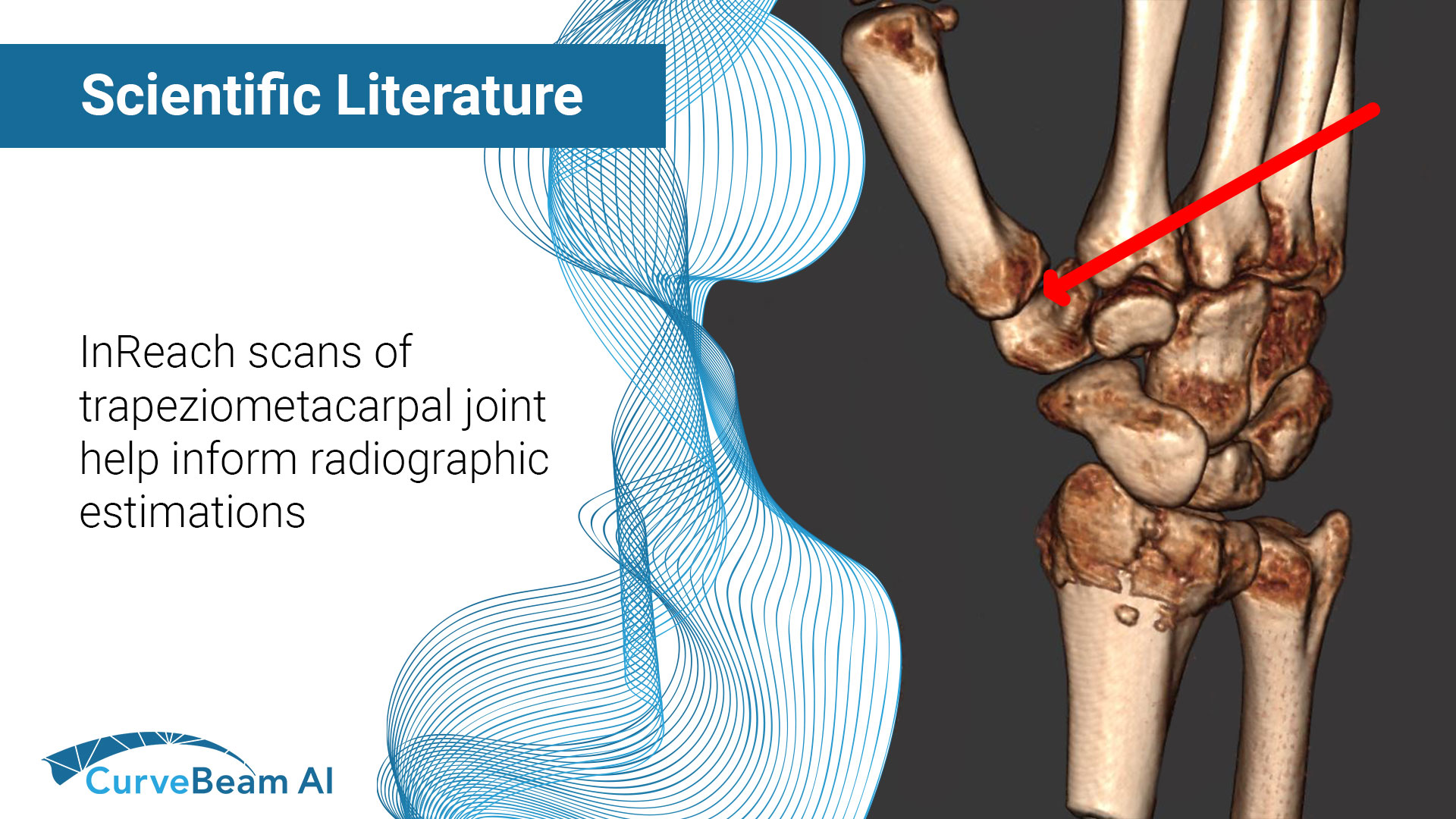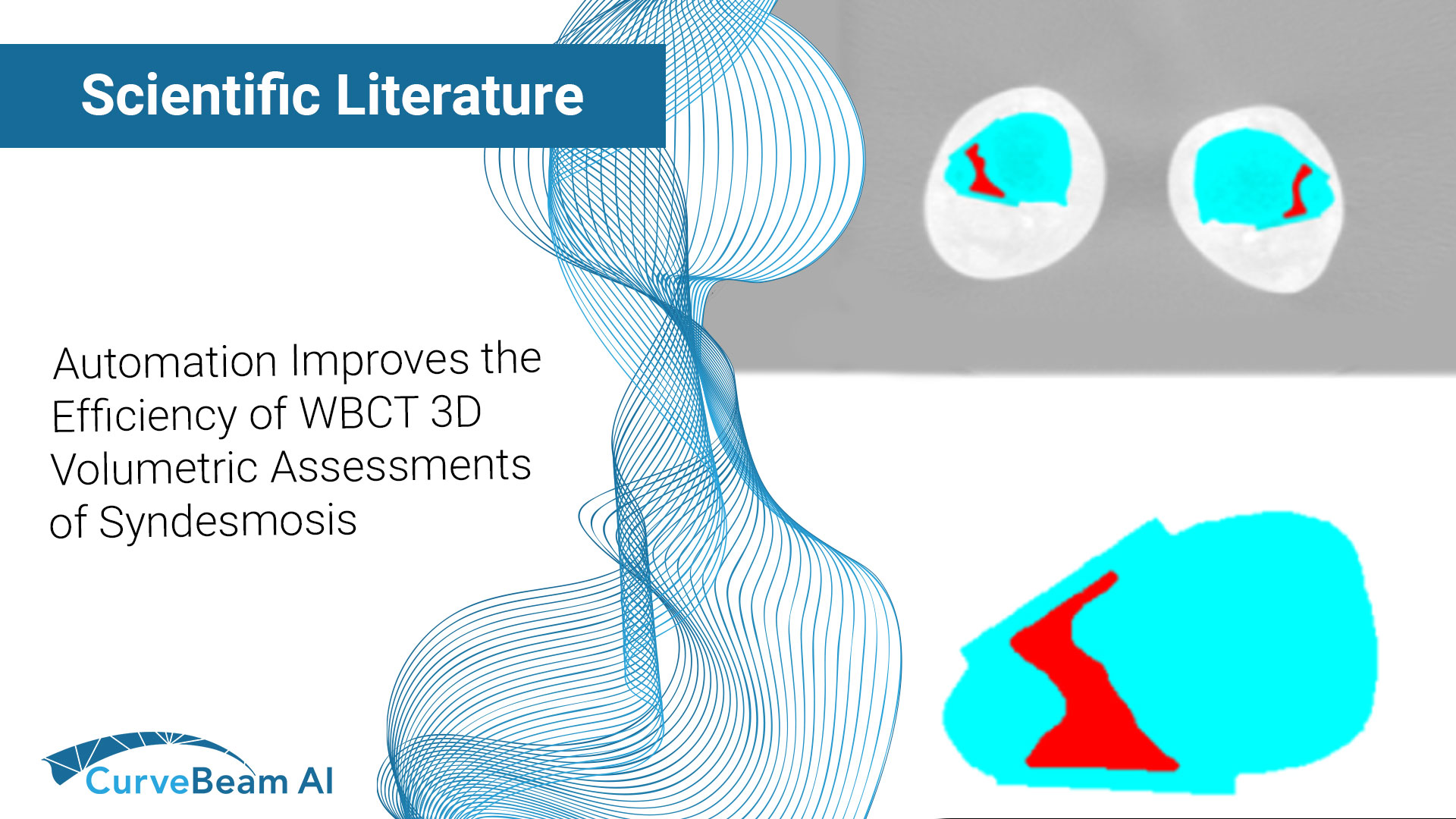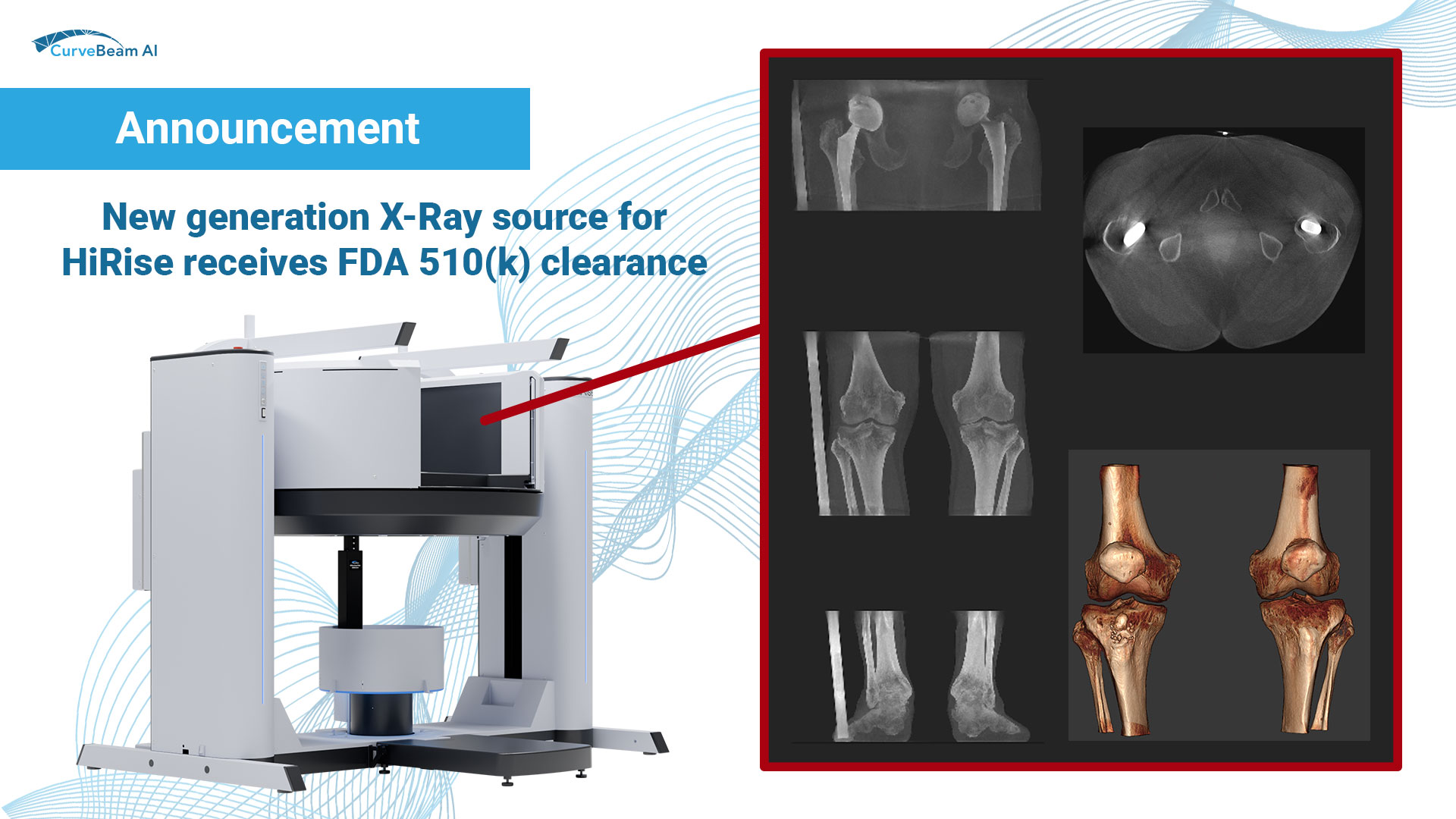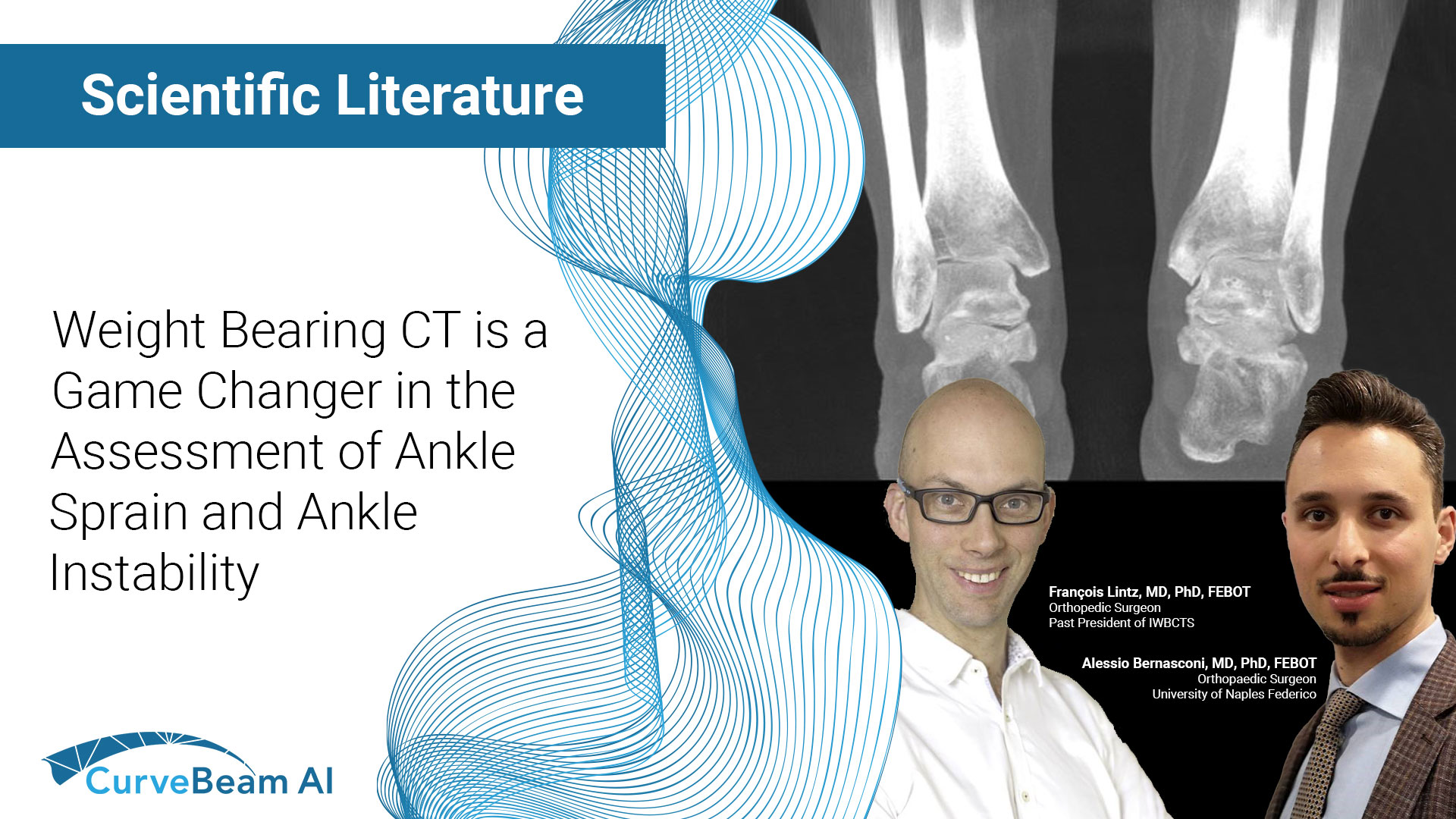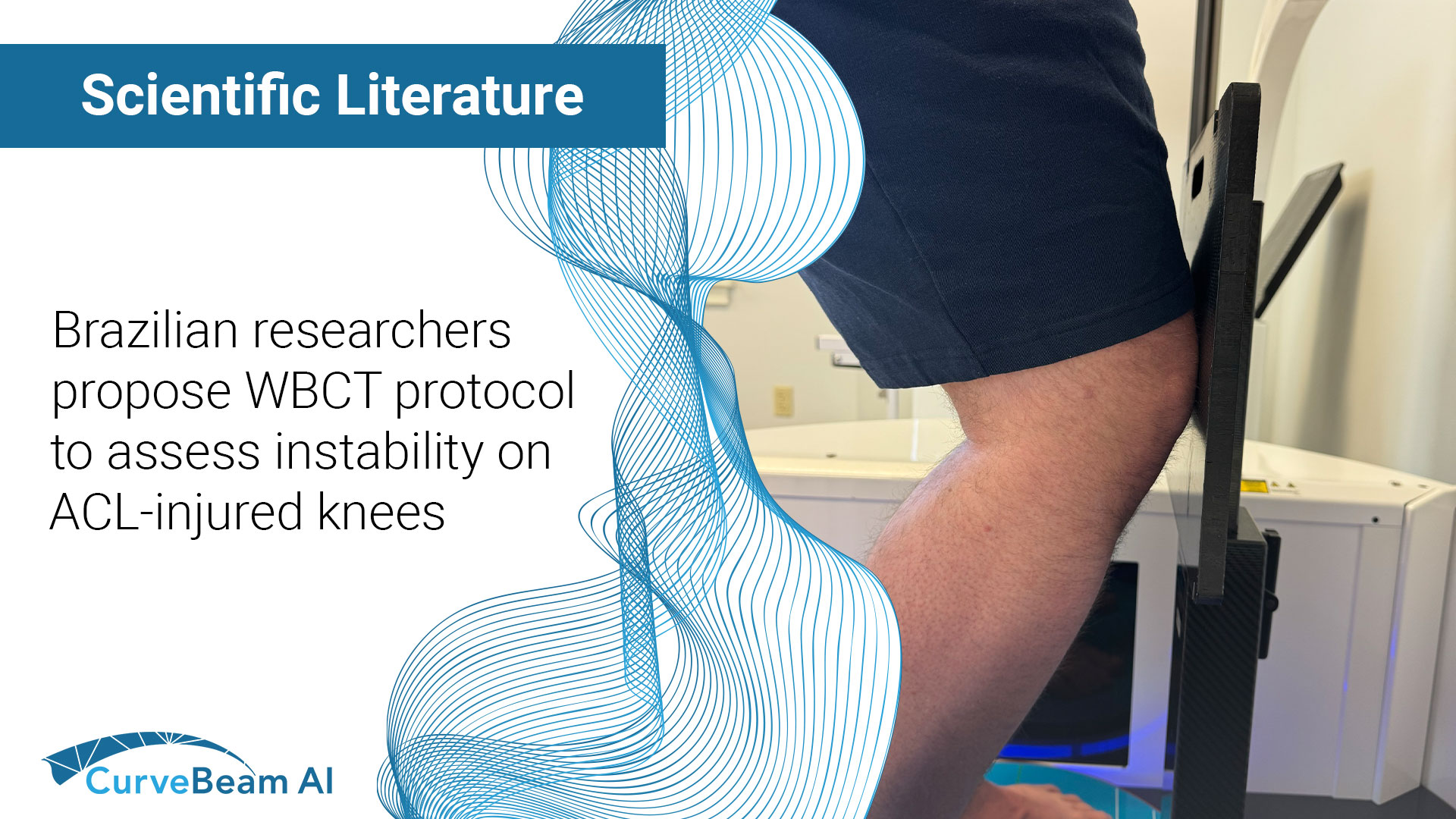Extremity CT Imaging for Orthopedics
The HiRise is a low dose cone beam CT system. The upper extremity scans are quick and allow for patients to be scanned in a comfortable seated position.
Estimation of Radiographic Joint Space of the Trapeziometacarpal Joint with Computed Tomographic Validation
Key Points: Cone Beam Computed Tomography (CBCT), a three-dimensional (3D) imaging modality, can readily evaluate complex joint structures. The most important radiographic (X-Ray) criterion used in surgical decision making for osteoarthritis is joint space narrowing (JSN), or the loss of…
Advantages of Cone Beam Computed Tomography for Evaluation of Subchondral Insufficiency Fractures of the Knee Compared to MRI
Key Points: Cone Beam CT (CBCT) is superior in assessing bony structures compared to magnetic resonance imaging (MRI) In this study, there was a 40% rate of discrepancy when grading knee subchondral insufficiency fractures on CBCT vs. MRI, with MRI…
WBCT: Hip Dysplasia Evaluation
There is a new era in hip dysplasia evaluation when it comes to advanced imaging. WBCT now enables a functional examination of femoral head coverage and specific areas of impingement while the patient is standing rather than lying supine. For…
Automation Improves the Efficiency of Weight Bearing CT Scan 3D Volumetric Assessments of the Syndesmosis
Key Points: WBCT 3D Measurements volumetric measurements of the syndesmosis have shown to have a high specificity (83.3%) and sensitivity (95.8%) for the diagnosis of subtle injuries. Manual 3D WBCT volume measurement of syndesmosis, a promising method to detect instability,…
New generation X-Ray source for HiRise receives FDA 510(k) clearance
CBAI is proud to announce it has received FDA 510(k) clearance for enhancements to the HiRise system, including a new generation X-Ray source that is capable of delivering more power than the previous model. This new generation X-Ray source enables…
Can WBCT Be a Game-Changer in the Assessment of Ankle Sprain and Ankle Instability?
Key Points: The most important advantage of weight bearing CT (WBCT), which utilizes cone beam CT (CBCT) technology (a three-dimensional (3D) imaging modality) is immediate access to 3D images, resulting in faster and better diagnostic capabilities. Up to 40% of…
Assessment of Knee Instability in ACL-Injured Knees Using Weight Bearing Computed Tomography
Key Points: Anterior tibial translation (ATT) and femorotibial rotation (FTR) are the two most common indicators of an anterior cruciate ligament (ACL) tear. The effects of weight bearing have proven to increase the sensitivity to ATT in ACL injured knees…

